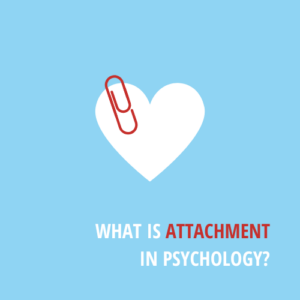Attachment fears: I am here for you
Just as numbers and alphabet are the foundations of our education, attachment is the foundation of our psychology. And yet the concept of attachment style is not common knowledge. Attachment is the ability to love and to be loved. Apart from our fundamental needs for food, water and shelter, we need to feel secure with key people in our lives. It is important to feel safe. We need to hear and feel from our loved ones, ‘I’ll be there for you.’
Our early experiences and our ongoing experiences in life shape how secure we feel in relationships. It is primarily our relationships with our parents (as children) and then our partner relationships that play a shaping role. Basically, we either feel secure or insecure in our attachment with loved ones. The insecure person fundamentally fears that they are not good enough to be loved, and they fear being abandoned. In response to this insecure fear, they will react in one of two ways: with anxious insecure or avoidant insecure attachment styles.
The following diagram shows the breakdown for attachment styles.

As with most things in psychology, your attachment style is on a spectrum. To what degree are you secure, or insecure? With your insecure tendencies, to what degree are you anxious insecure or avoidant insecure? We cover these to more depth in the next Blog ‘What is your Attachment Style.’
You might be surprised to learn that roughly half the population has problems with attachment (ie. they are anxiously attached). This means that it is as common to have a problem with attachment as it is to be okay in this area. This high rate of insecure attachment highlights that the struggle with our attachment to others is common. This is sad and unfortunate, but preventable and recoverable.
The big guns in attachment research were John Bowlby and Mary Ainsworth. Sadly, we learnt about attachment styles during a time when the world got a lot wrong. During World War II, thousands of children were separated from their parents due to the bombing chaos in the United Kingdom. Enormous numbers of children were left orphaned and brought up in parentless institutions. From this tragic situation we sadly got to see what the impact was on children when they are separated from their parents and when children lacked their parent’s nurturing involvement. Following World War II, we had a generation of children who demonstrated anxious and avoidant insecure attachment.
It is important to feel safe.
Attachment style has a huge influence throughout our lives on our approach to trust and love, and our ability to trust love. It is essential that you understand your attachment style, otherwise you won’t understand your fears, your insecurities, your defences and your personal challenges. We really are driving blind in life if we don’t understand our attachment. By the way, our attachment is on all levels of consciousness: conscious, subconscious and unconscious; so it can be tricky to be aware of and to sort out. Your attachment style is core to your life experience and requires consistent and persevering care to navigate.
Wish you well, take care.



Subscribe To Our Newsletter
Join our mailing list to receive Psych wisdom, advice and encouragement once a month.
"The Skills we need are not just common sense, we need to learn them from somewhere"
You have Successfully Subscribed!